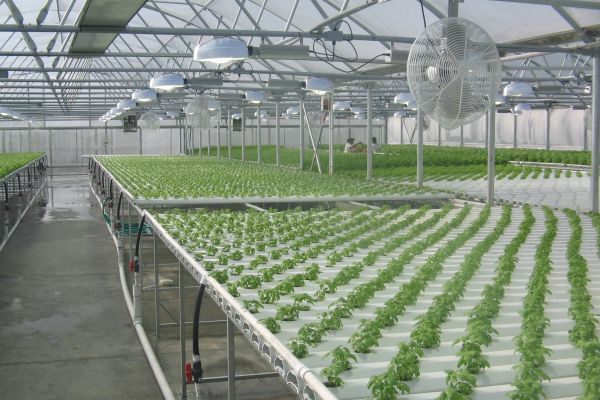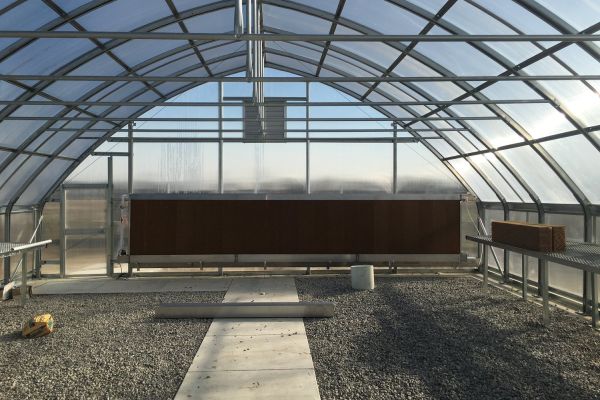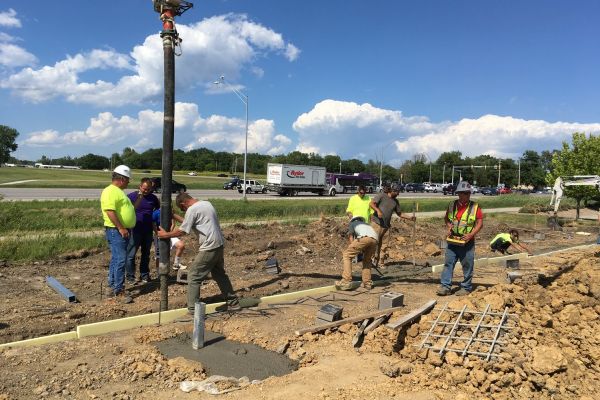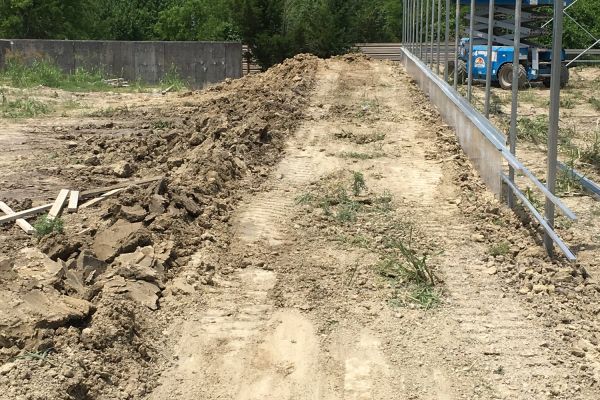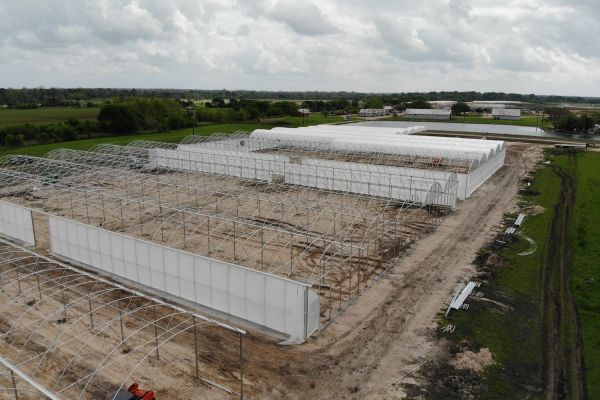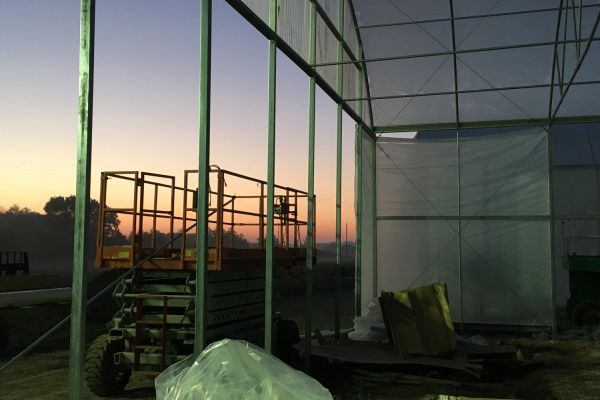
Drones in Construction: Applications and Benefits
The construction industry is embracing technological advancements at a rapid pace, and drones, also known as unmanned aerial vehicles (UAVs), are at the forefront of this transformation. Drones offer a myriad of applications and benefits, revolutionizing how construction projects are planned, monitored, and executed. Here’s an in-depth look at how drones are reshaping the construction landscape and the advantages they bring to the industry.
1. Applications of Drones in Construction
1.1 Site Surveys and Mapping
-
Overview: Drones equipped with high-resolution cameras and LiDAR (Light Detection and Ranging) sensors can perform detailed site surveys and create accurate maps.
-
Application: They capture aerial images and data, which are used to generate 3D models and topographical maps of the construction site.
-
Benefit: This significantly reduces the time and cost associated with traditional land surveying methods while providing highly accurate and detailed site information.
1.2 Progress Monitoring
-
Overview: Regular drone flights over the construction site can capture images and videos to monitor the progress of the project.
-
Application: Project managers can use this data to compare actual progress with project timelines and identify any deviations.
-
Benefit: This allows for real-time tracking of the project’s status, helping to ensure that it stays on schedule and within budget.
1.3 Inspections and Quality Control
-
Overview: Drones can be used to inspect hard-to-reach areas of a construction site, such as roofs, bridges, and tall structures.
-
Application: They can capture high-definition images and videos for close-up inspections without the need for scaffolding or ladders.
-
Benefit: This enhances safety by reducing the need for workers to perform dangerous inspections and ensures thorough quality control by providing detailed visual records.
1.4 Safety and Security
-
Overview: Drones can monitor construction sites for safety compliance and security.
-
Application: They can identify safety hazards, such as improperly secured materials or unsafe work practices, and provide real-time surveillance to prevent theft and vandalism.
-
Benefit: This improves overall site safety, helps maintain compliance with safety regulations, and reduces losses due to theft and damage.
1.5 Material and Equipment Management
-
Overview: Drones can track the delivery and use of materials and equipment on construction sites.
-
Application: They can monitor inventory levels, check the placement of materials, and ensure that equipment is being used efficiently.
-
Benefit: This optimizes resource management, reduces waste, and helps maintain an organized and efficient construction site.
2. Benefits of Using Drones in Construction
2.1 Increased Efficiency and Productivity
-
Benefit: Drones can perform tasks such as site surveys, progress monitoring, and inspections much faster than traditional methods. This speeds up the overall project timeline and allows for quicker decision-making.
-
Impact: Projects can be completed more quickly and efficiently, leading to cost savings and improved productivity.
2.2 Enhanced Accuracy and Precision
-
Benefit: The high-resolution imagery and data captured by drones provide a level of detail and accuracy that surpasses traditional methods.
-
Impact: This ensures that measurements, maps, and models are highly precise, reducing the likelihood of errors and rework.
2.3 Improved Safety
-
Benefit: By performing hazardous tasks such as inspections and surveys, drones reduce the need for workers to be exposed to dangerous situations.
-
Impact: This minimizes the risk of accidents and injuries on construction sites, promoting a safer work environment.
2.4 Cost Savings
-
Benefit: Drones can reduce the need for expensive equipment and labor-intensive processes.
-
Impact: The initial investment in drone technology is often offset by the savings achieved through increased efficiency, reduced labor costs, and fewer safety incidents.
2.5 Better Documentation and Reporting
-
Benefit: Drones provide comprehensive visual documentation of the construction site, which can be used for progress reports, inspections, and compliance records.
-
Impact: This enhances transparency and communication among stakeholders, ensuring that everyone is informed and up-to-date on the project’s status.
Conclusion
Drones are revolutionizing the construction industry by offering innovative solutions to traditional challenges. Their applications in site surveys, progress monitoring, inspections, safety, and resource management are transforming how construction projects are managed and executed. The benefits of using drones—such as increased efficiency, enhanced accuracy, improved safety, cost savings, and better documentation—make them an invaluable tool for modern construction projects. As drone technology continues to advance, their impact on the construction industry is expected to grow, paving the way for even more innovative and efficient construction practices.
If you’re considering integrating drone technology into your construction projects, now is the perfect time to explore the possibilities. Embrace the future of construction and reap the benefits that drones have to offer!
Most Popular Greenhouse Articles
